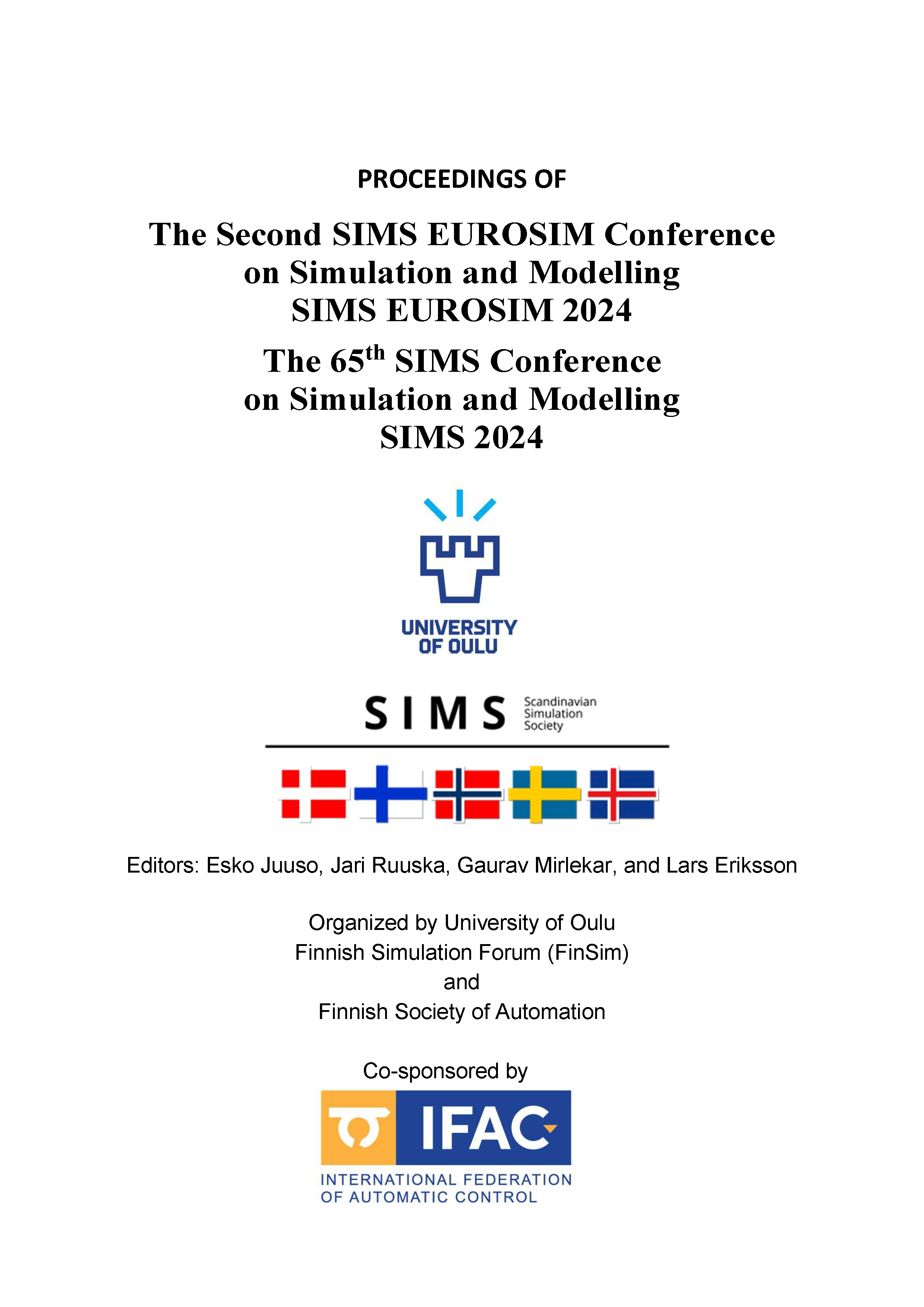Numerical simulation of thermal runaway kinetic mechanisms and battery thermal model for safety assessment of different lithium-ion battery chemistries
DOI:
https://doi.org/10.3384/ecp212.008Keywords:
Numerical simulation, Electric Vehicles, Li-ion batteries, Safety, Thermal runaway kinetic mechanismsAbstract
The importance of EVs and li-ion batteries are pinpointed in the automotive industry during the last decade by increased growth of electrified powertrain. Li-ion batteries offer significant improvements in terms of energy and power density; however, safety challenges continue to exist. Different thermal, mechanical, or electrical abuse conditions in li-ion batteries can trigger a series of exothermic chain reactions in the battery cells and finally result in thermal runaway (TR) and combustion of battery cells and EVs. Furthermore, different battery technologies exploit various cell chemistries, leading to the distinct thermal behavior of battery cells during normal and abuse conditions. This work aims at investigating the TR kinetic mechanisms to evaluate thermal behavior of the battery cells under thermal abuse conditions. Furthermore, this work investigates the different li-ion battery cathode, anode and electrolyte materials to assess the safety of battery systems in EV application. The results revealed that unlike batteries with LiCoO2 cathodes with temperature threshold of 150 ℃, Li1.1(Ni1/3Co1/3Mn1/3)0.9O2 batteries do not undergo TR process at temperatures below 170 ℃. Moreover, the temperature peak is more hazardous in LiCoO2 batteries with LiPF6/PC: DMC electrolyte compared to the same battery with standard electrolyte. In addition, batteries with Lithiated Li4Ti5O12 anode showed safer TR process compared to all the previous battery types.Downloads
Published
2025-01-13
Issue
Section
Papers
License
Copyright (c) 2025 Sadegh Mehranfar, Amin Mahmoudzadeh Andwari, Juho Könnö, Antonio Garcia Martinez, Carlos Mico Reche

This work is licensed under a Creative Commons Attribution 4.0 International License.

